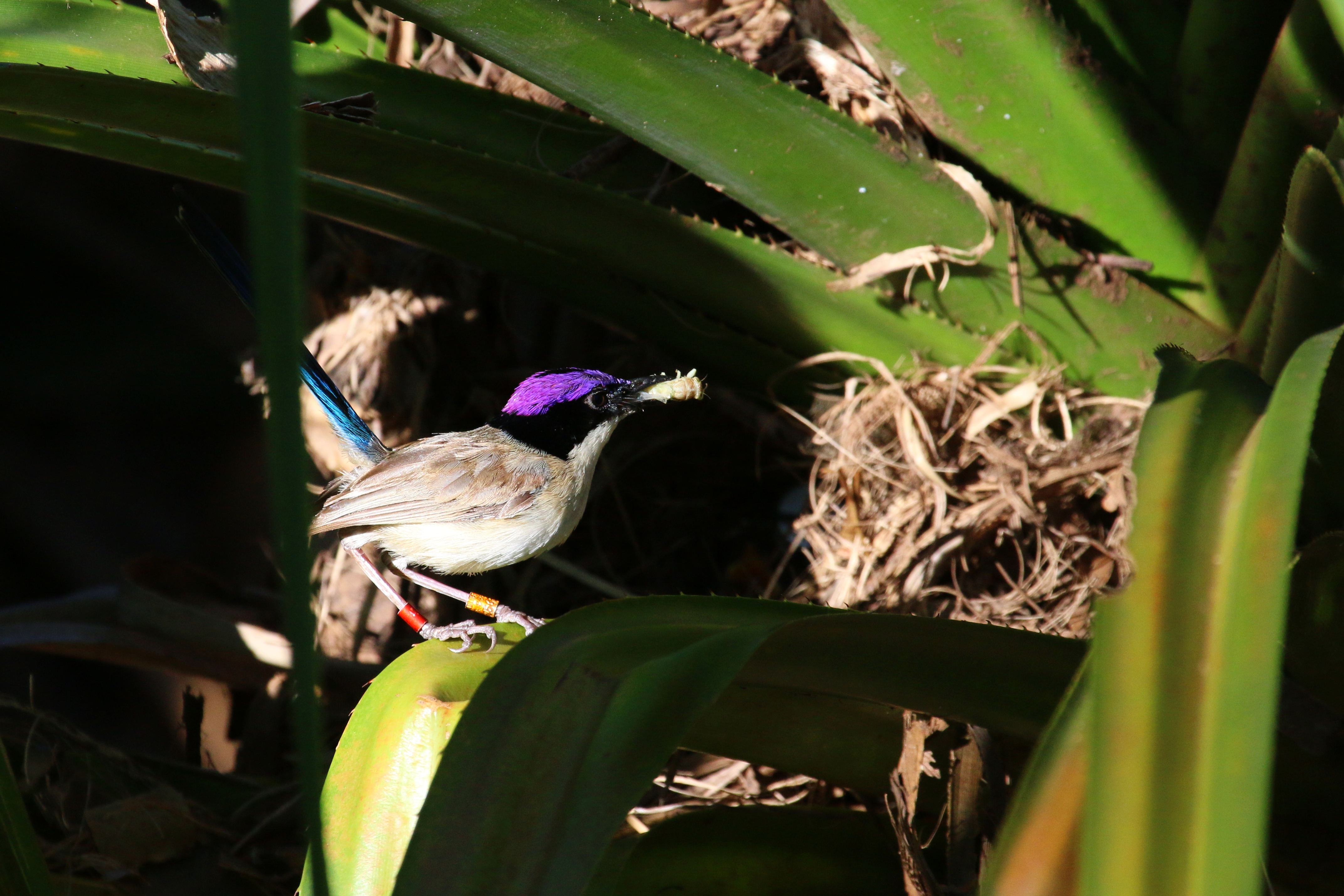News release
From:
Best of both worlds? Helpers in a cooperative fairy-wren assist most to breeding pairs comprised of a potential mate and a relative
In cooperative breeders, individuals seem to act altruistically by helping others raise offspring. This helping behaviour is an evolutionary puzzle, and is commonly proposed to be explained by indirect or direct benefits obtained from raising the brood. We show that in a cooperatively breeding fairy-wren, help with offspring feeding is instead explained by social context and driven by (future) benefits associated with the breeders they are assisting. Birds help most when raising young of a relative and a potential mate: breeders that in turn provide benefits via mutualistic social bonds, nepotism, future mating opportunities and/or future production of relatives.
Multimedia




 Australia; VIC
Australia; VIC



